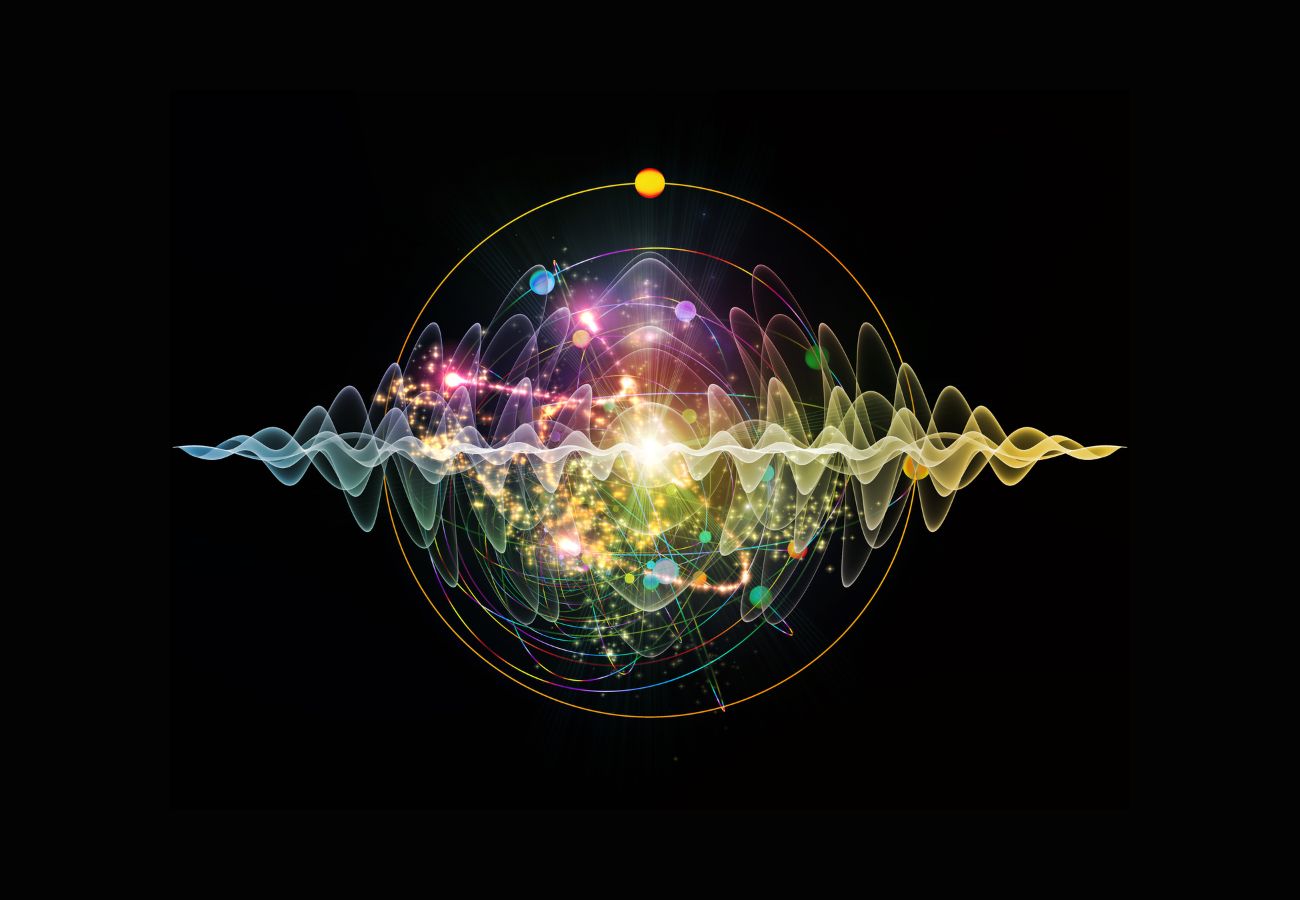Chaos theory is a mathematical and physical discipline that investigates the conduct of intricate systems that are extremely sensitive to their initial states. It proposes that even minor alterations in a system's initial conditions can result in dramatically different results.
Conversely, quantum mechanics is a foundational theory in physics that explains the behavior of matter and energy at the most minute scales. It encompasses the study of particles like electrons and photons, which display wave-particle duality and can simultaneously exist in multiple states. Quantum mechanics is recognized for its probabilistic characteristics, where the result of an experiment is not definitively determined but instead represented by a wave function that indicates the likelihood of various outcomes.
The amalgamation of these two principles poses a distinct difficulty in accurately forecasting results. Chaos theory implies that minor influences can trigger substantial shifts, whereas quantum mechanics deals with the consolidation of massive forces into tinier units. To harmonize these two principles, meticulous attention to initial conditions, probabilities, and the interplay among various elements of a system is necessary.
Fluctuations in the electric field are profoundly influenced by patterns in quantum electrodynamics, the scientific exploration of the interaction between light and matter at the quantum scale. Quantum electrodynamics is a foundational theory in physics that elucidates the conduct of electromagnetic fields and their interactions with charged particles.
Through the integration of quantum electrodynamics and classical mechanics principles, researchers can gain a broader comprehension of the electric field's behavior and its susceptibility to different elements. This cross-disciplinary method enables more precise forecasts and a profound understanding of the fundamental processes involved.
Media Contact
Company Name: Emotion Based Mtahematics
Contact Person: Gavriel Dardashti
Email: Send Email
Phone: 786-930-1880
Country: United States
Website: www.emotionbasedmathematics.com





